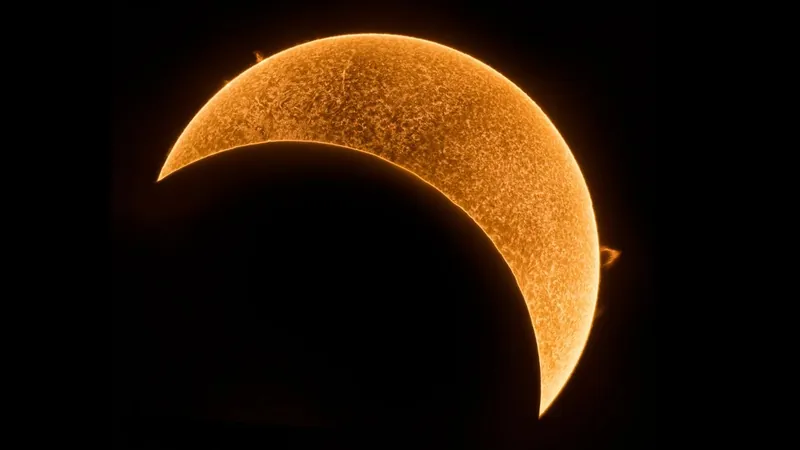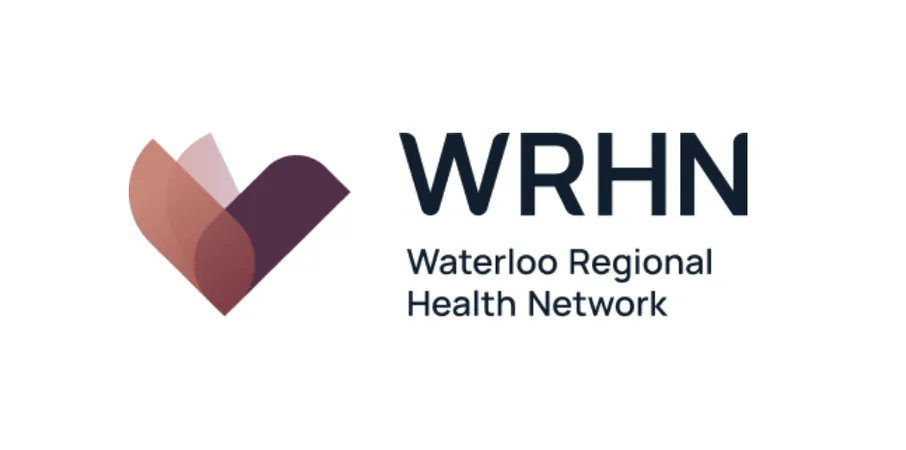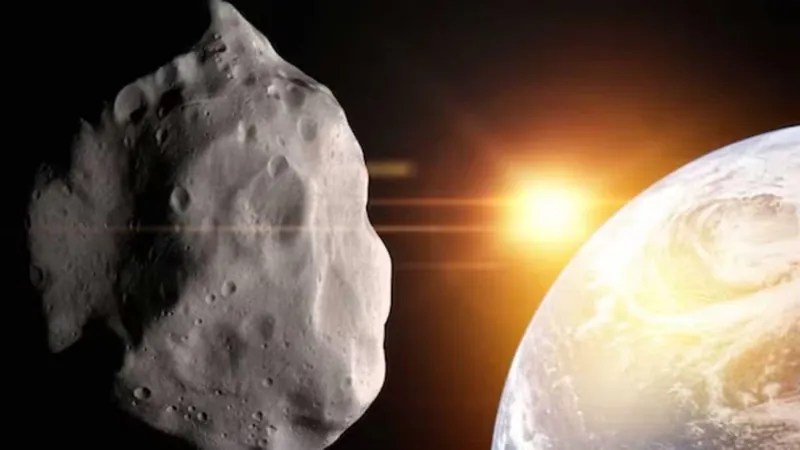
Don't Miss Tomorrow's Partial Solar Eclipse! Here's What to Expect
2025-03-28
Author: Jacob
Get ready for a celestial spectacle! Tomorrow, on March 29, a partial solar eclipse will captivate viewers in certain regions of the Earth. Unlike the grand total eclipse that dazzled millions in North America last April, this upcoming event will be less widespread—but still noteworthy!
The path of the moon's shadow predominantly sweeps across the northern polar regions, with its outer shadow (penumbra) reaching parts of northwest Africa, much of Europe (excluding some eastern areas), and northwest Russia, along with Iceland and Greenland. Even a tiny section of South America will catch a glimpse as the penumbra passes over parts of Suriname, French Guiana, and northern Brazil.
An Eclipse Season
Why is this happening now? We’re currently in an eclipse season, which lasts about 37 days, during which both lunar and solar eclipses can occur. This particular eclipse has the moon aligning perfectly during the new moon phase as it crosses the ecliptic at its ascending node. However, the timing is a bit off: just hours after the moon crosses the ecliptic, it reaches the new phase. By then, the moon's shadow will not reach Earth, meaning that viewers will only see a partial eclipse.
Spectacular Sunrise
While much of North America will miss this astronomical event entirely, those on the east side of a line spanning from Oakville, Ontario, to Virginia Beach, Virginia will have the best chance to see the eclipse around sunrise. Take Baltimore, Maryland, as an example: the sun will rise at 6:58 a.m. EDT with about 7.8% of its disk eclipsed. Up north, towns like Madawaska, Maine, will experience a dramatic view with up to 88.2% eclipse coverage at 6:17 a.m. EDT—just as the sun rises, producing the perfect crescent shape that will look like the lobster claws of a crustacean emerging from the horizon.
Locations further north and east can expect even more of the sun to be obscured, amplifying the beauty of this rare moment. For instance, from Halifax, NS, viewers will witness around 85.6% of the sun's diameter covered.
Safety First!
As always, proper eye protection is crucial when observing solar phenomena. Unlike total solar eclipses, which are fleeting, partial eclipses can be viewed safely with solar filters or eclipse glasses. If you're eager to watch the eclipse, make sure to equip yourself with the right gear to protect your eyesight.
With the remarkable coverage over places like Nunavik in Quebec—where nearly 94% of the sun will be hidden behind the moon—the spectacular imagery and experiences from this partial eclipse will still be unforgettable.
Don't forget to enjoy this unique event, share your observations, and stay tuned for updates on future celestial happenings!









 Brasil (PT)
Brasil (PT)
 Canada (EN)
Canada (EN)
 Chile (ES)
Chile (ES)
 Česko (CS)
Česko (CS)
 대한민국 (KO)
대한민국 (KO)
 España (ES)
España (ES)
 France (FR)
France (FR)
 Hong Kong (EN)
Hong Kong (EN)
 Italia (IT)
Italia (IT)
 日本 (JA)
日本 (JA)
 Magyarország (HU)
Magyarország (HU)
 Norge (NO)
Norge (NO)
 Polska (PL)
Polska (PL)
 Schweiz (DE)
Schweiz (DE)
 Singapore (EN)
Singapore (EN)
 Sverige (SV)
Sverige (SV)
 Suomi (FI)
Suomi (FI)
 Türkiye (TR)
Türkiye (TR)
 الإمارات العربية المتحدة (AR)
الإمارات العربية المتحدة (AR)